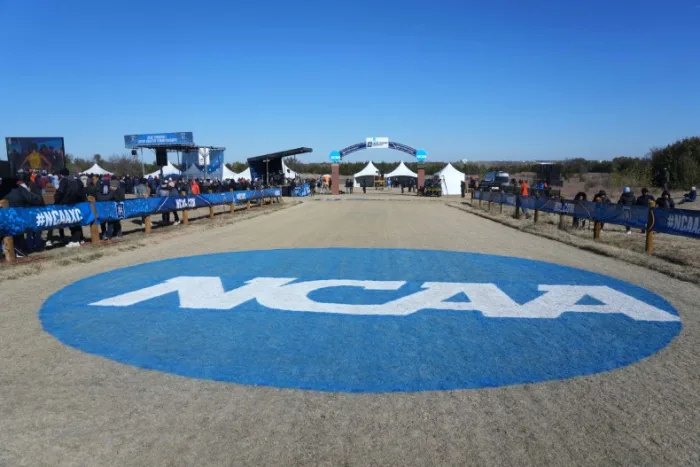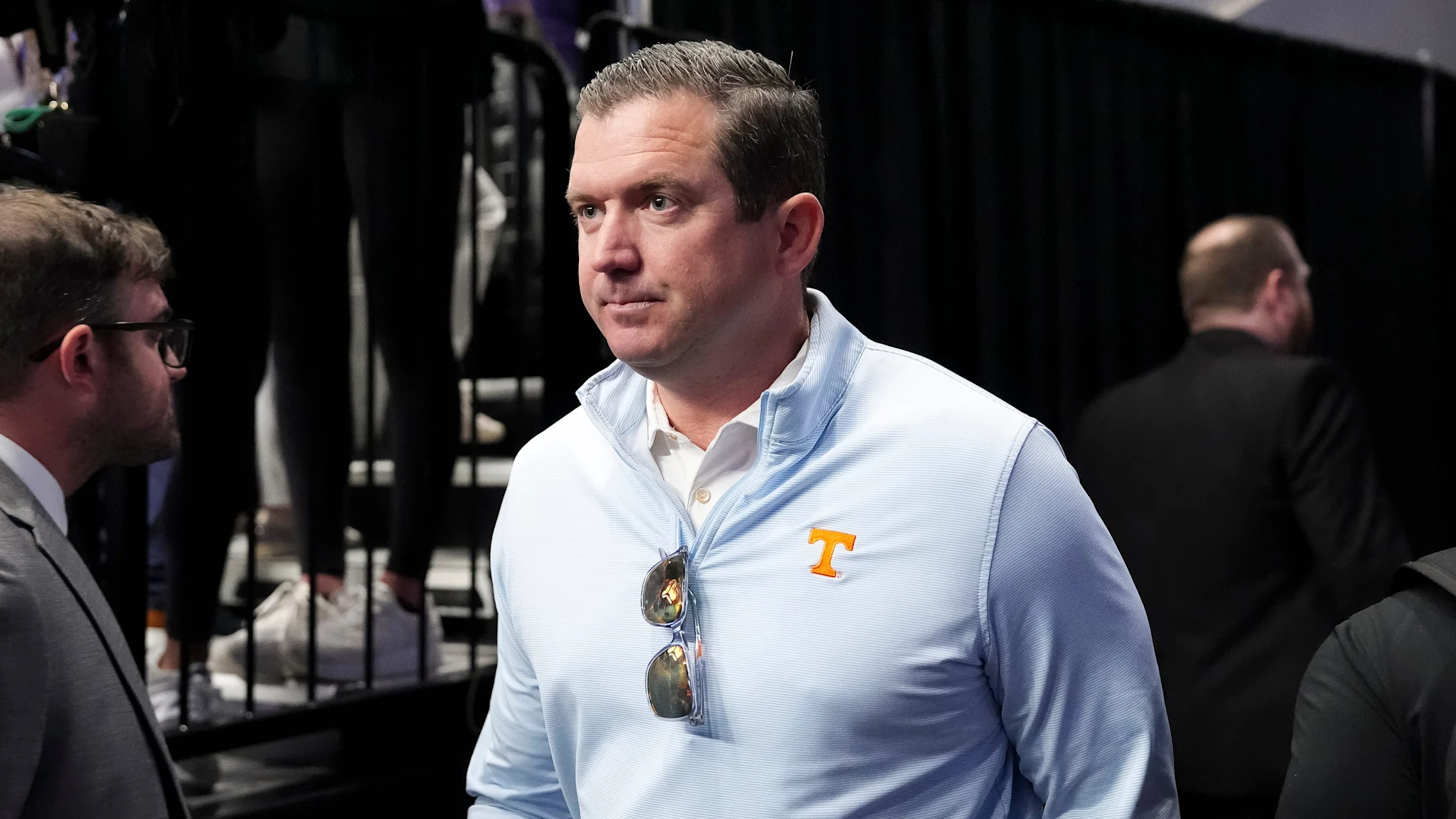Navigating the NCAA Transfer Portal: A New Era in Player Mobility
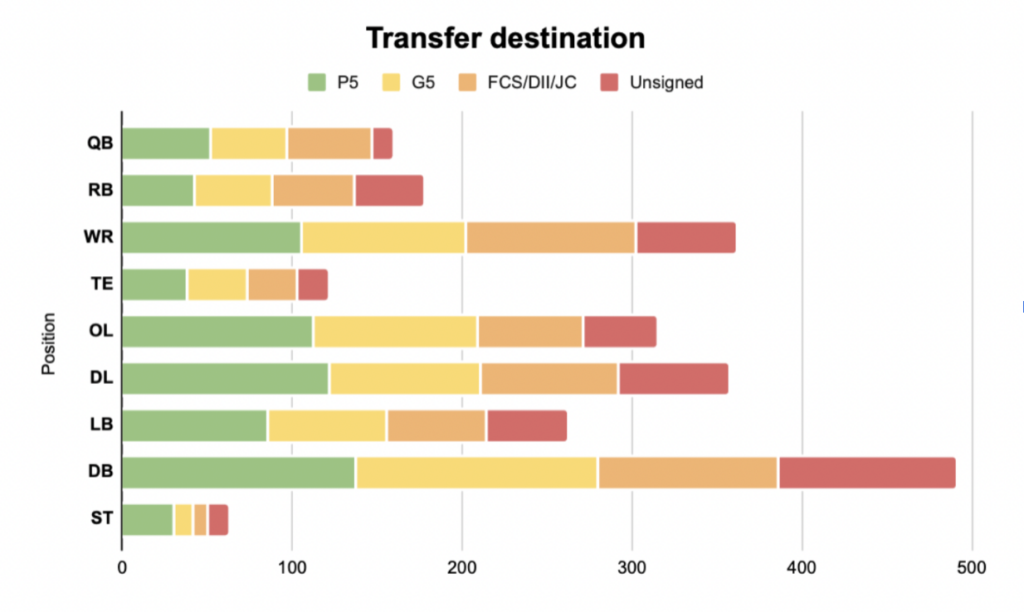
Since its debut in late 2018, the NCAA Transfer Portal has helped redefine the landscape of college football, revolutionizing how student-athletes navigate their collegiate careers and offering unprecedented flexibility and opportunities for players to explore new horizons.
Created as a compliance tool, the transfer portal was designed to systematically manage the transfer process and increase transparency among schools. It is a pivotal platform for athletes seeking to transfer from one institution to another, reshaping the dynamics of team rosters and creating new challenges and opportunities for coaches and programs alike.
The transfer portal has become a critical educational component for high school football coaches in Texas and beyond, both for recruiting and player guidance. When student-athletes consider entering the portal, they will likely turn to their high school coach for advice first. This article will take a deeper look at the transfer portal and provide a framework to educate high school football coaches on how to best guide student-athletes seeking insight and counsel.
The Rise of the Transfer Portal
The transfer portal is an online database where student-athletes can enter their names to express their intent to transfer.
Previously, student-athletes were required to seek permission from their current institution to explore transfer opportunities, often leading to unexpected hurdles and delays. With the transfer portal, athletes now have more agency and control over their collegiate careers, enabling them to explore new opportunities with greater ease.
But, as with all things, there is plenty of nuance. For high school football coaches, there are two primary factors to consider. The first is understanding how the portal impacts high school recruiting.
According to data compiled by The Dallas Morning News, in the final recruiting cycle before the introduction of the portal, area Division I teams – Baylor, North Texas, Oklahoma, SMU, TCU, Texas, Texas A&M, and Texas Tech – signed 187 high school recruits and accepted only one transfer: Utah linebacker Gerrit Choate, who went to SMU.
At the end of the 2023 recruiting cycle, the colleges had 75 commitments through the transfer portal, and 163 high school players either signed or committed – 24 fewer than in 2018.
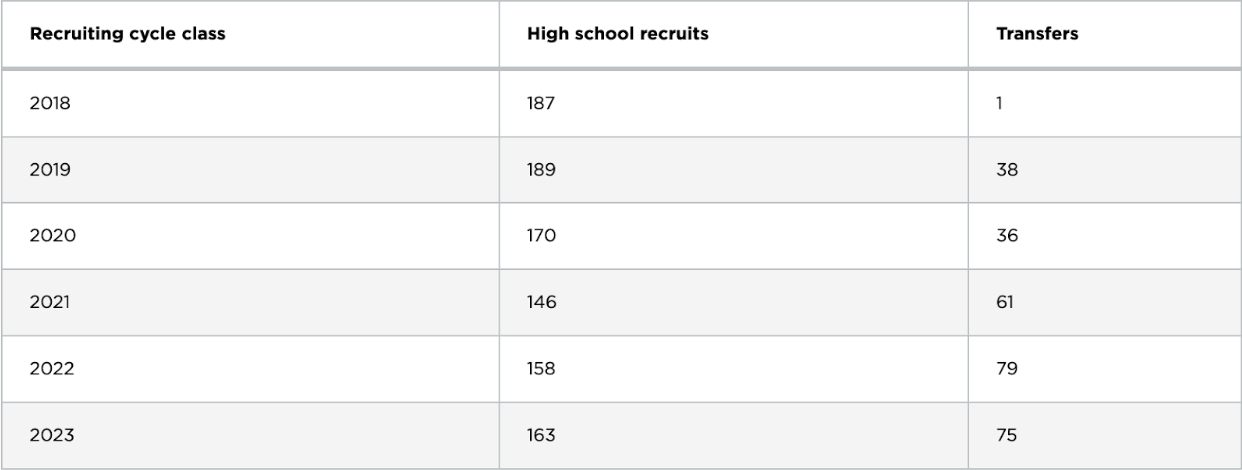
Source: The Dallas Morning News
Why the change? The portal has given players the freedom to change schools without penalty, thereby allowing teams to fill their rosters with experienced players, decreasing the number of spots available for high school athletes. Many college coaches found themselves drawn to the experience and readiness of college transfers over the uncertainty that often comes with high school recruits.
The impact of the transfer portal on high school recruiting is one factor to consider. Beyond that, high school coaches must also be aware of the opportunities and challenges for former student-athletes looking to transfer from their current institutions.
“The portal is a great place for opportunity,” said Jon Shalala, founder of ANSRS, a data analysis software program built for coaches. “You just need to ensure your athletes understand all the possibilities and are fully aware of the situation.
“Players will likely ask their high school coaches for advice and guidance first,” he continued. “When that happens, the high school coach needs to be informed and ask, ‘Have you officially entered the transfer portal yet?’ If yes, the high school coach can begin reaching out on the player’s behalf to discuss opportunities. If no, compliance has to come first, and the player needs to officially enter the portal before any conversations can begin.”
Think of it as a natural extension of the Straight Line Recruiting (SLR) initiative. The Texas High School Coaches Association (THSCA) created the SLR process to empower high school coaches during recruitment, ensuring the athletes who get recruited have the high school coach’s stamp of approval and will be productive athletes in the college program. The initiative also sought to open communication lines between college and high school coaches.
No one is more responsible for cultivating an athlete’s character than his coach, which uniquely qualifies high school coaches as a college recruiter’s most valuable asset when evaluating an athlete – they’re one of the pivotal judges when choosing in which environment the athlete will best thrive.
“High school coaches in Texas are involved with their players during their high school days through the recruiting process,” said Tim Prukop, co-founder of the Eccker Sports Group, a leading educational resource on high school NIL.
“When those players move on to college, they continue to reach out to coaches when opportunities arise to transfer or negotiate an NIL deal. When those student-athletes reach out to their high school coach, they need to understand what’s going on in the market to provide the best guidance and counsel possible.”
Challenges and Considerations
While the transfer portal offers numerous benefits for student-athletes, coaches, and programs, it also presents certain challenges and considerations. Critics argue that unrestricted player mobility could lead to talent concentration at certain programs, exacerbating existing disparities between powerhouse programs and smaller schools. Additionally, the portal isn’t necessarily a platform where players go to be found: statistically speaking, more than 40% of athletes who enter the portal will not be picked up, as reported by On3.
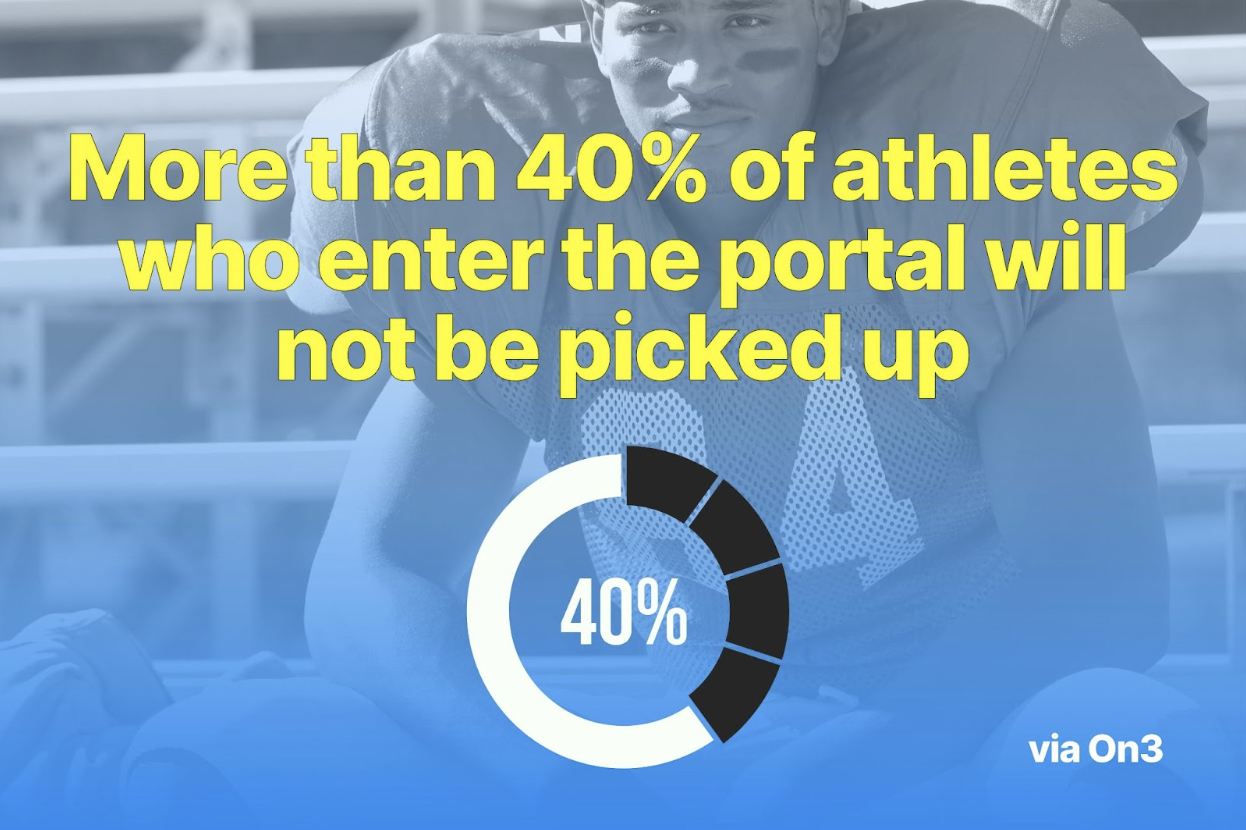
“Here’s a common scenario,” said Shalala. “Let’s say you’re a good player at a Division 1 school like Texas State. If you’re highly successful at that level, you’re probably going to have someone in college athletics (like a trainer or former coach) nudging you to enter the portal. It’s prohibited to actively recruit a player into the portal from another school, but the athlete might have an inclination that they would be successful in the portal.
“Maybe the athlete thought he could go to a big Power 5 school, but now you have other kids from Alabama, Ohio State, and Texas, for example, who are also in the portal, which is now saturated,” Shalala continued. “That player could still go to a Group of Five school, but there’s also a likelihood that they might not. It’s really a case-by-case scenario, and the portal is just so dynamic. You have to have a real conversation with yourself and your trusted advisers and make sure everyone understands the situation.”
The Future of College Football
As the transfer portal continues to reshape the college football landscape, its impact on the sport’s future remains to be determined. While some advocate for further deregulation to empower student-athletes and promote greater competition, others call for measures to safeguard the integrity and stability of college football programs. Finding the right balance between player empowerment and institutional control will be crucial in shaping the future of college football and ensuring its long-term sustainability.
The portal has the potential to enhance the recruiting process, promote greater competition, and empower student-athletes to take control of their collegiate careers.
High school coaches will play a central role in shaping its future trajectory. As some of the most trusted advisors to student-athletes and their families, the coach is responsible for understanding the transfer portal’s pitfalls and opportunities, including its potential impact from recruiting through the active transfer process.
For high school coaches, adeptly navigating the intricacies of the college football landscape – like NIL and the transfer portal – requires continued education, knowledge sharing, and quick access to up-to-date resources and information.
Eccker Sports Group provides tools high school coaches, administrators, student-athletes, and their families can use to help them navigate a complex landscape and understand the impact emerging opportunities like NIL will have on their students now and in the future. Visit EcckerSports.com to learn more.
